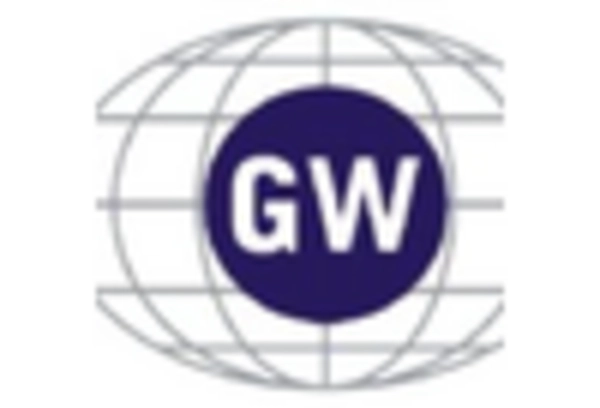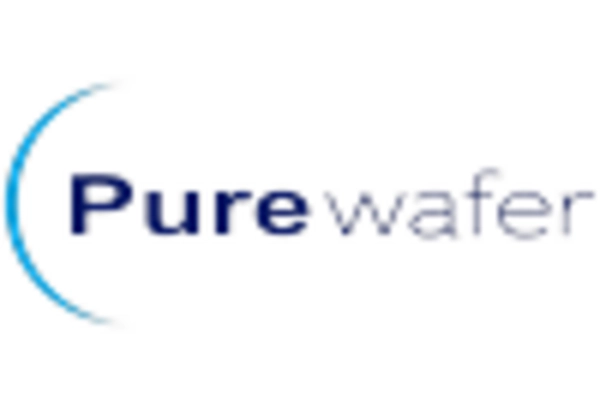Rising Demand for Renewable Energy
The increasing emphasis on renewable energy sources in France is driving the silicon wafer-reclaim market. As the country aims to meet its ambitious climate goals, the demand for solar panels, which utilize silicon wafers, is expected to rise. In 2025, the French government targets a 32% share of renewable energy in its energy mix. This shift not only enhances the need for new silicon wafers but also for reclaimed ones, as manufacturers seek to reduce costs and environmental impact. The silicon wafer-reclaim market is likely to benefit from this trend, as reclaimed wafers offer a more sustainable alternative, potentially reducing production costs by up to 30%. Thus, the push for renewable energy is a significant driver for the silicon wafer-reclaim market in France.
Government Incentives for Recycling
Government initiatives aimed at promoting recycling and waste reduction are playing a pivotal role in the silicon wafer-reclaim market in France. The French government has implemented various policies to encourage the recycling of materials, including silicon wafers. These initiatives may include financial incentives for companies that utilize reclaimed materials, thereby fostering a more circular economy. The silicon wafer-reclaim market stands to gain from these supportive measures, as they not only enhance the economic viability of reclaiming processes but also align with broader environmental goals. As a result, the market could experience a growth rate of around 10% in the coming years, driven by increased adoption of reclaimed silicon wafers in semiconductor manufacturing.
Growing Awareness of Environmental Impact
The rising awareness of environmental issues among consumers and businesses is significantly impacting the silicon wafer-reclaim market in France. As stakeholders become more conscious of the ecological consequences of semiconductor manufacturing, there is a growing preference for sustainable practices. This shift is prompting manufacturers to consider reclaimed silicon wafers as a viable alternative to new wafers, which often involve resource-intensive production processes. The silicon wafer-reclaim market is likely to benefit from this trend, as companies seek to enhance their sustainability profiles. In 2025, it is anticipated that the demand for reclaimed wafers could increase by approximately 12%, reflecting a broader commitment to reducing the carbon footprint associated with semiconductor production.
Cost Efficiency in Semiconductor Manufacturing
Cost efficiency remains a critical driver for the silicon wafer-reclaim market in France. As semiconductor manufacturers face increasing pressure to lower production costs, the adoption of reclaimed silicon wafers is becoming more prevalent. Reclaimed wafers can be produced at a fraction of the cost of new wafers, with estimates suggesting savings of around 20-30%. This economic advantage is particularly appealing in a competitive market where profit margins are tight. Furthermore, the silicon wafer-reclaim market is witnessing innovations in reclaiming processes that enhance yield and quality, making reclaimed wafers a viable option for high-performance applications. As manufacturers strive to optimize their operations, the demand for reclaimed silicon wafers is expected to grow, reinforcing the market's expansion.
Technological Innovations in Wafer Reclamation
Technological advancements in wafer reclamation processes are significantly influencing the silicon wafer-reclaim market in France. Innovations such as improved chemical etching and advanced cleaning techniques are enhancing the quality and efficiency of reclaimed wafers. These technologies not only increase the yield of usable wafers but also reduce the environmental footprint associated with wafer production. The silicon wafer-reclaim market is likely to see a surge in demand as manufacturers adopt these new technologies to meet stringent quality standards. In 2025, it is projected that the market for reclaimed wafers could grow by approximately 15% due to these advancements, indicating a robust trend towards more efficient and sustainable manufacturing practices.













Leave a Comment